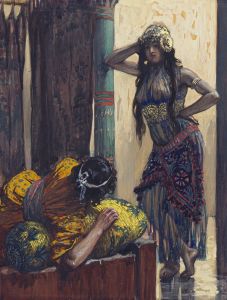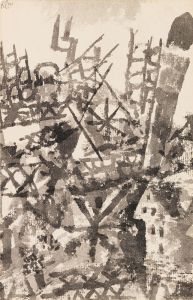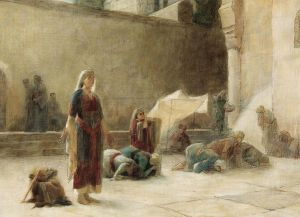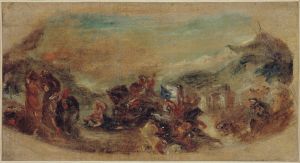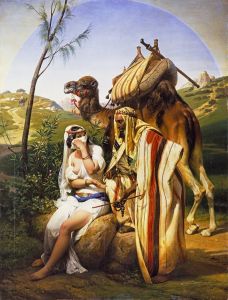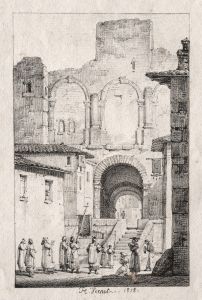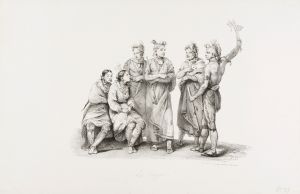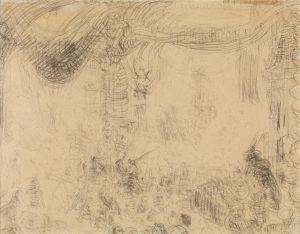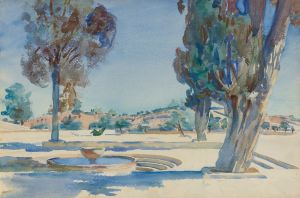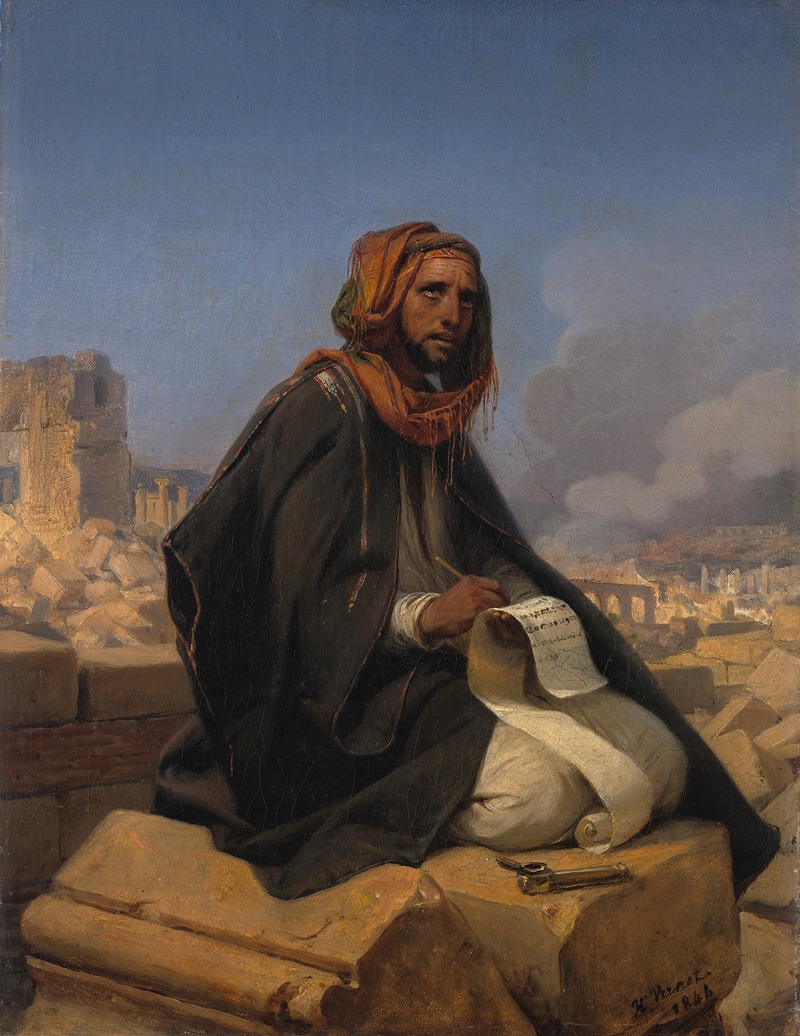
Jeremiah on the ruins of Jerusalem
A hand-painted replica of Horace Vernet’s masterpiece Jeremiah on the ruins of Jerusalem, meticulously crafted by professional artists to capture the true essence of the original. Each piece is created with museum-quality canvas and rare mineral pigments, carefully painted by experienced artists with delicate brushstrokes and rich, layered colors to perfectly recreate the texture of the original artwork. Unlike machine-printed reproductions, this hand-painted version brings the painting to life, infused with the artist’s emotions and skill in every stroke. Whether for personal collection or home decoration, it instantly elevates the artistic atmosphere of any space.
"Jeremiah on the Ruins of Jerusalem" is a painting created by the French artist Horace Vernet in 1844. This artwork is an oil on canvas and is considered one of Vernet's significant contributions to biblical and historical painting. The painting depicts the prophet Jeremiah lamenting the destruction of Jerusalem, as described in the Old Testament of the Bible, specifically in the Book of Lamentations.
In the composition, Jeremiah is portrayed sitting amidst the ruins of the city, his posture and expression conveying deep sorrow and despair. The desolate landscape around him emphasizes the devastation of Jerusalem, which was destroyed by the Babylonians in 586 BCE. The painting captures the emotional weight of the biblical narrative, focusing on themes of loss, mourning, and divine judgment.
Horace Vernet was known for his versatility as an artist, producing works that ranged from historical and biblical scenes to portraits and military subjects. "Jeremiah on the Ruins of Jerusalem" reflects Vernet's ability to combine dramatic storytelling with meticulous attention to detail. The painting demonstrates his skill in rendering human emotion and his interest in religious and historical themes.
The artwork is housed in the Louvre Museum in Paris, France, where it remains part of the museum's collection of 19th-century paintings. It is recognized as an example of Vernet's engagement with biblical subject matter and his contribution to the Romantic movement in art, which often emphasized emotion, drama, and the sublime.
No further detailed information about the specific commission or reception of the painting at the time of its creation is readily available.





